When it comes to building recreational vehicles, manufacturers have several options for the material used to construct the walls. Two common materials used for RV sidewalls are Azdel and Luan.
In this article, we will compare and contrast these two materials, examining their features, benefits, and drawbacks to help you better understand which one is best for your RV needs.
What Is Azdel, and What’s It Made Out Of?
Azdel is a composite material made from a blend of thermoplastic polymers and chopped glass fibers. This material is manufactured using a process called co-extrusion, where the layers are fused together under high heat and pressure. Azdel is known for its lightweight, durable, and moisture-resistant properties.

Benefits of Azdel:
- Lightweight: Azdel is a lighter material than Luan, making it a popular choice for RV manufacturers who want to keep their vehicles lightweight.
- Water-resistant: Azdel is resistant to water damage, making it ideal for use in areas with high humidity or moisture.
- Durable: Azdel is highly resistant to impact, punctures, and abrasions, making it a more durable material than Luan.
- No rot or mildew: Unlike Luan, Azdel does not rot or mildew, making it a more long-lasting option.
- Insulative: The R-value of Azdel is better than plywood by 2x.
- Sound damping: Azdel is less porous and more ridge than plywood, muffles, and dampens exterior sounds.
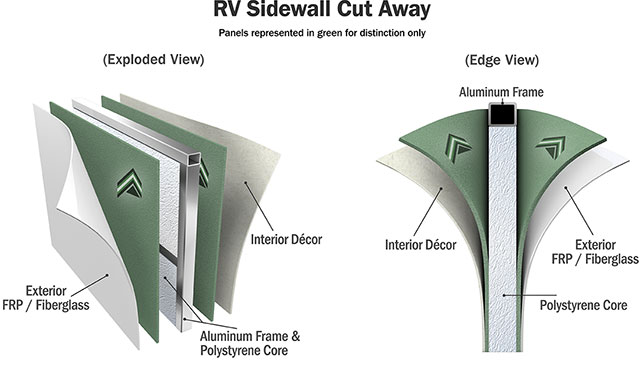
Drawbacks of Azdel:
- Cost: Azdel is generally more expensive than Luan, which can increase the overall cost of building an RV. A 48″ x 96″ sheet can cost three times more than a 48″ x 96″ sheet of Luan.
- Difficult to repair: If Azdel is damaged, it can be difficult to repair, as the damaged area needs to be completely replaced.
- Bond: Does not adhere as well as plywood when using adhesives.
What Is Luan, and What’s It Made Out Of?
Luan is a type of plywood that is made from thin layers of wood veneer that are glued together. It has been a popular material used in RV construction for decades because of its affordability, ease of use, and versatility.
Benefits of Luan:
- Affordability: Luan is generally less expensive than Azdel, making it a popular choice for RV manufacturers who are looking to keep costs low.
- Easy to work with: Luan is easy to cut, shape, and manipulate, making it a popular choice for custom RV builds.
- Availability: Luan is readily available at most lumberyards and home improvement stores, making it easy to source.
- Flexible: Easily bendable and can be wrapped around corners.
- Bonds with adhesives: Most adhesives will adhere to Luan.
- Easy to fasten: Can be easily fastened to structures with screws or staples.
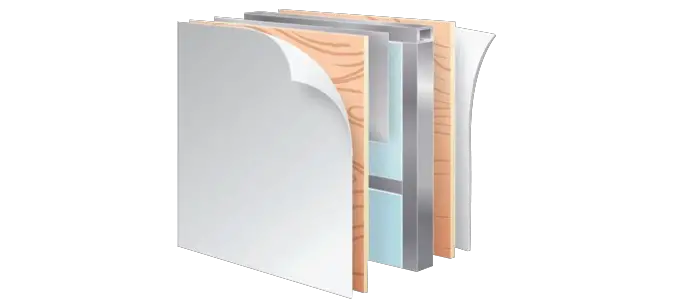
Drawbacks of Luan:
- Heavy: Luan is a heavier material than Azdel, which can add weight to an RV and affect fuel efficiency.
- Prone to water damage: Luan is prone to rot and mildew when exposed to moisture, which can lead to structural damage and decreased lifespan.
- Not as durable: Luan is not as durable as Azdel and can be more easily damaged.
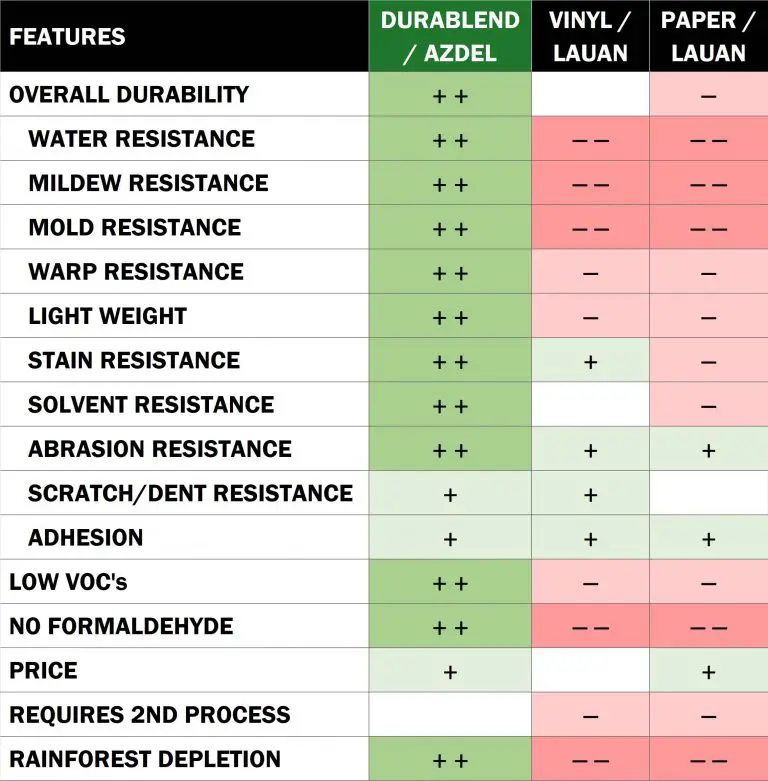
Will Azdel Protect My RV From Rot?
Azdel will not rot or delaminate by water alone. However, most RV uses wood in several other areas of their construction. So If water enters your RV, it can rot even with Azdel installed.
How to Protect and Maintain RV From Water Intrusion?
Water intrusion can be a serious problem for RVs, as it can cause significant damage to the vehicle’s structure and interior. Here are some steps you can take to protect your RV from water intrusion:
- Check the seals: One of the most important things you can do to protect your RV from water intrusion is to check all of the seals regularly. This includes the seals around windows, doors, and other openings. Look for any cracks or gaps in the seals and replace them as needed.
- Keep the roof clean: A dirty roof can make it harder to spot potential water intrusion points. Keep your RV’s roof clean and inspect it regularly for any signs of damage or wear.
- Use a sealant: Apply a sealant to all of the seams and joints in your RV to prevent water from seeping in. There are several different types of sealant available, so be sure to choose one that is appropriate for your RV’s specific needs.
- Check for leaks: Regularly inspect your RV’s interior for any signs of leaks, such as water stains or musty odors. If you notice any signs of water intrusion, address the problem as soon as possible.
- Maintain the exterior: Keep your RV’s exterior in good condition by washing it regularly and repairing any damage promptly. A well-maintained exterior can help prevent water from penetrating the vehicle’s structure. Also, inspect the RV more thoroughly after any collisions.
- Properly store the RV: When you’re not using your RV, store it in a covered area or use an RV cover to protect it from the elements. This can help prevent water intrusion and other types of damage.
- Keep an eye on the weather: Finally, be aware of the weather conditions in your area and take appropriate measures to protect your RV. For example, if you know a heavy rainstorm is coming, ensure your RV’s seals are in good condition and prevent water from pooling on the roof.
Overall, regular inspection and maintenance of all areas of an RV are crucial to prevent water damage and ensure the vehicle’s longevity. By taking proactive steps to prevent water damage, RV owners can avoid costly repairs and keep their vehicles in top condition.
Products to Help Prevent Water Intrusion
EternaBond tape is used for sealing and repairing leaks in various surfaces, including RV roofs, gutters, and metal surfaces. It is made of a micro sealant adhesive combined with a UV-stabilized backing, providing a waterproof seal designed to last for years.
RV owners and technicians commonly use eternaBond tape as a quick and effective solution for repairing leaks in RV roofs, which are a common problem due to the constant exposure to the elements. The tape is available in different widths and lengths, making it easy to customize for different applications and surfaces.
I suggest using it as a preventative solution before a water problem occurs in your RV.
One of the main advantages of EternaBond tape is its durability. The micro sealant adhesive is designed to provide a permanent bond that can withstand extreme temperatures and weather conditions without deteriorating or losing its adhesive properties. Additionally, the UV-stabilized backing helps to prevent the tape from degrading over time due to exposure to the sun’s rays.
Overall, EternaBond tape is a reliable and effective solution for repairing and sealing leaks in various surfaces, particularly in RVs and other outdoor equipment. Its ease of use, durability, and versatility make it a popular choice among DIY enthusiasts and professionals alike.
Find the product on Amazon >>here<<
Conclusion
When it comes to choosing between Azdel and Luan for RV sidewalls, there is no clear-cut answer. It really depends on the specific needs and preferences of the RV owner.
Azdel is a more durable, water-resistant, and lightweight material, but it is more expensive and difficult to repair. Luan is more affordable and easy to work with but heavier and more prone to water damage.
Ultimately, the best choice for your RV will depend on your budget, the type of RV you are building, and the features that are most important to you. With proper maintenance and care RVs that are built with Luan can last just as long as an Rvs built using Azdel.
Next Read: Why Are RV Showers Elevated?


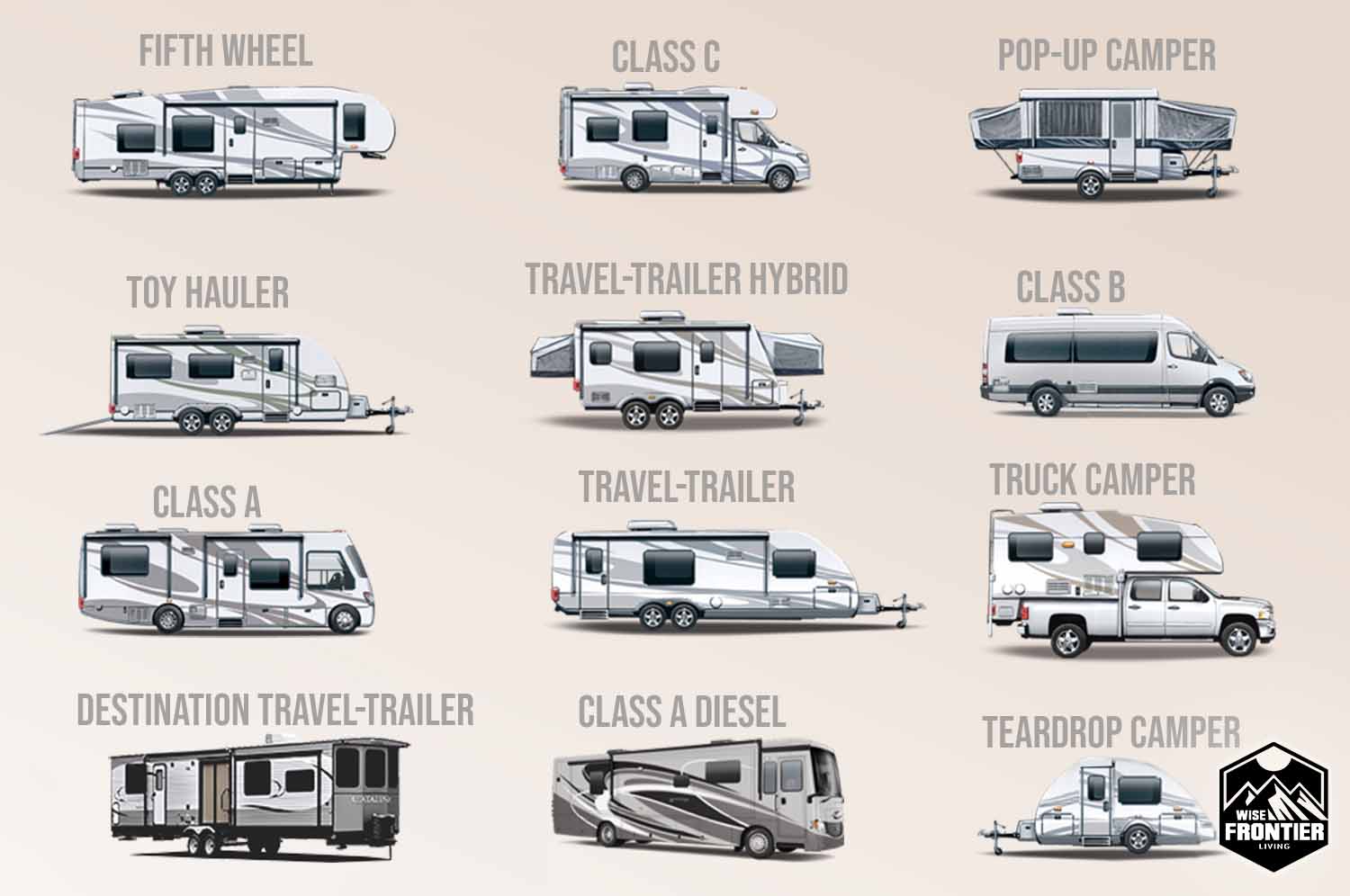
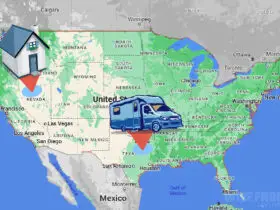
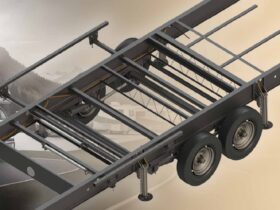
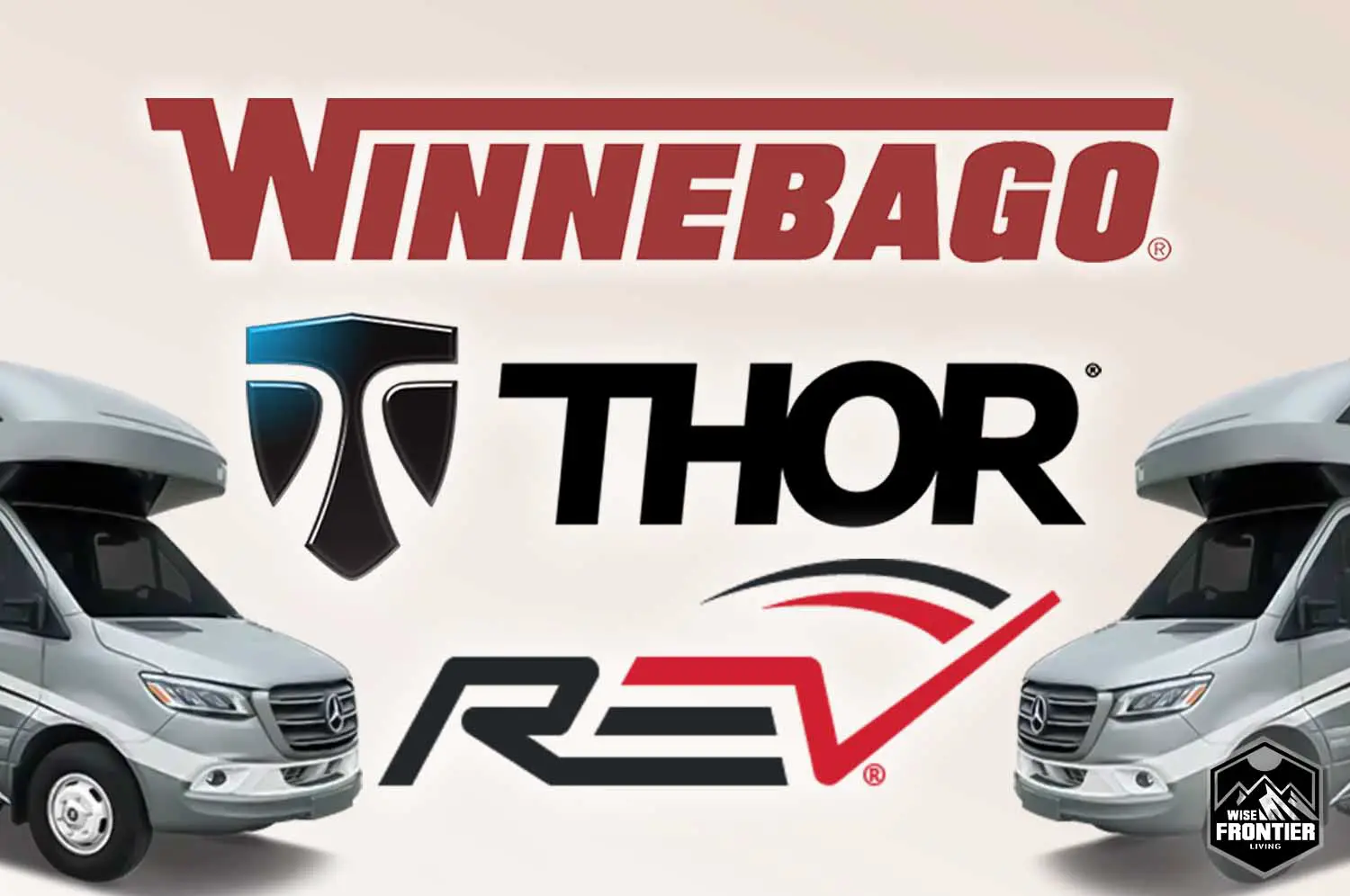
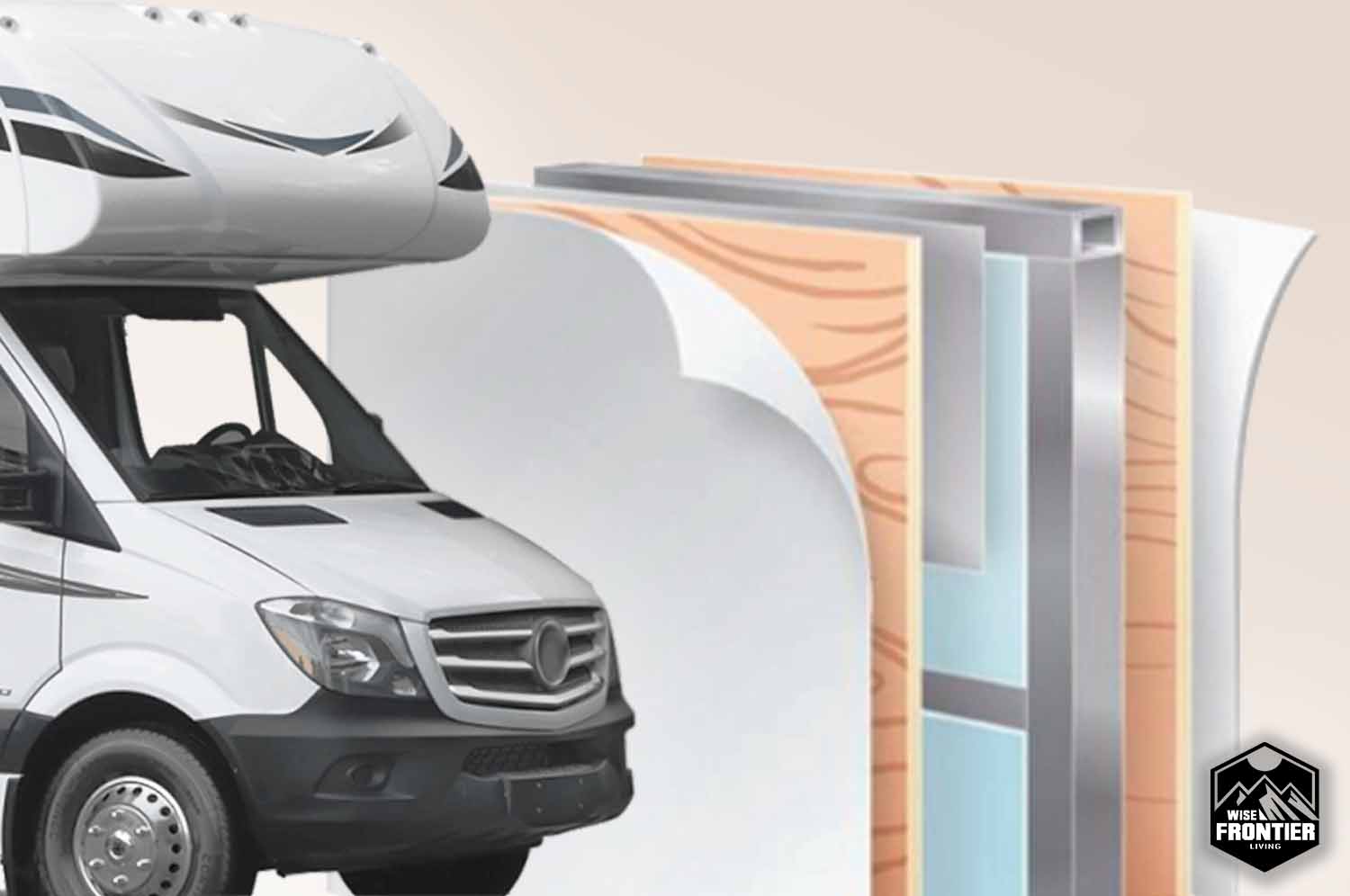
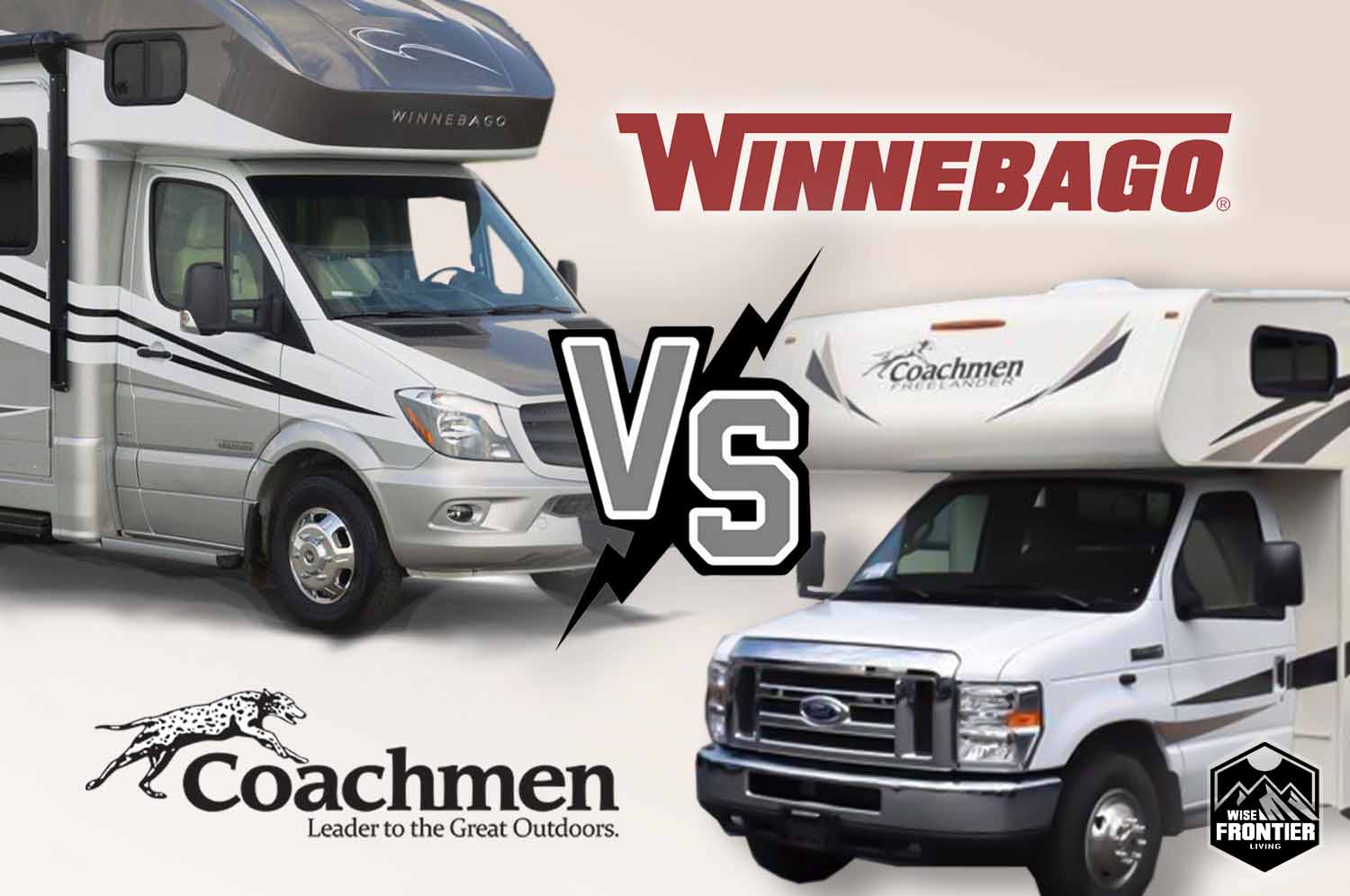
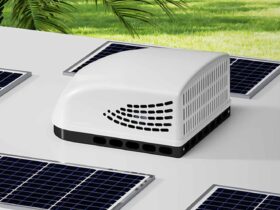
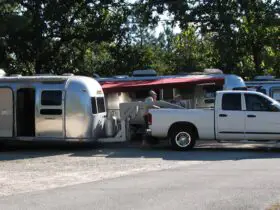
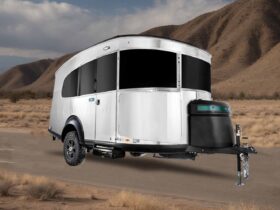
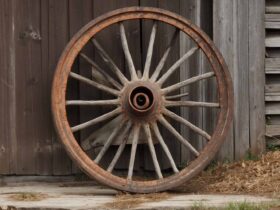
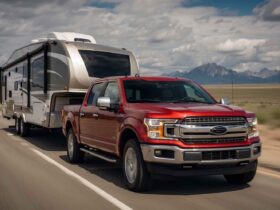
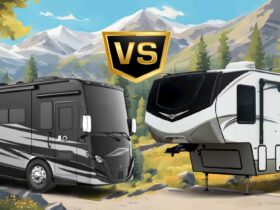
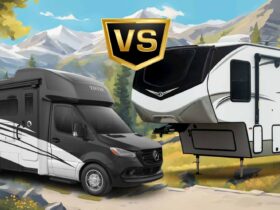
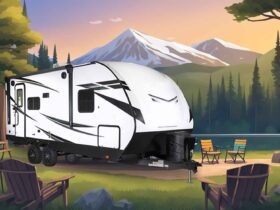
Leave a Reply